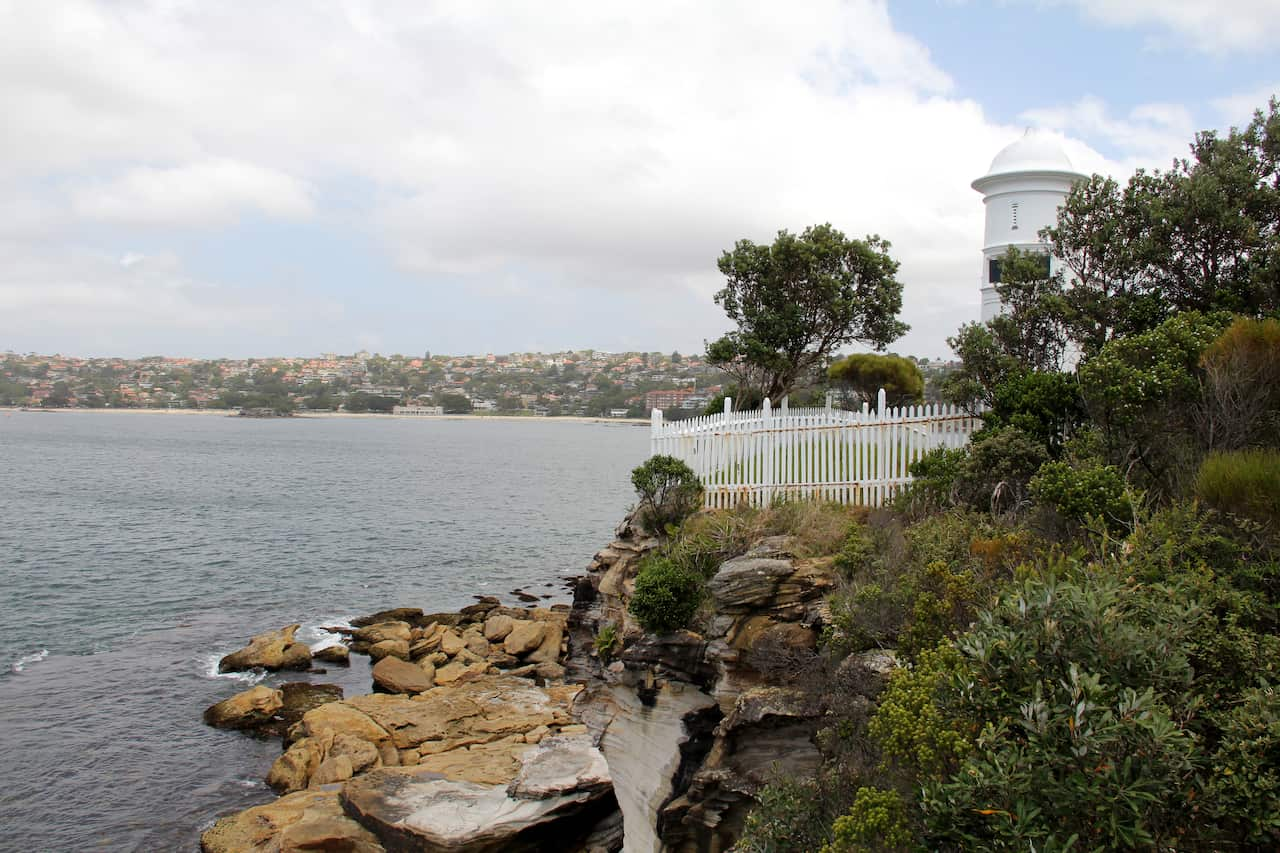A collaborative effort between two Sydney Aboriginal Land Council's and 14 government agencies from all 3 levels of the Australian government, has produced a spectacular yet gruelling 80 kilometre walking trail from Manly on the Sydney Harbour north shore around to famous Bondi Beach.
The La Perouse Aboriginal Land Council and the Metropolitan Aboriginal Land Council have produced a historic trail alongside Bondi to Manly Walk supporters that surely throws shade over all others.
"This walk connects us back to our respective languages – we are a People who walked and traversed over Terra Firma or Country and by connecting yourself to Mother Earth, it gives you time to connect to Country, the flora, fauna, the universe around us," CEO of the Metropolitan Aboriginal Land Council, Nathan Moran tells NITV News.
Follow the trail and you will encounter numerous symbols of the humpback whale dotted along the walk– a spiritual ancestor to the First Peoples of the area.
"There’s an affinity and connection of the humpback whale coming into Sydney Harbour to birth their babies," says Mr Moran. "Then proceeding back out through the headlands and through the great ocean."
Deputy Chair of La Perouse Aboriginal Land Council, Raymond Ingrey, says the dreaming of Buri Buri – the humpback whale– has special significance to the area.
"Buriburi (humpback whale) and his ancestors made all the islands in Sydney Harbour all the way down to Shoalhaven," he says.
"They (the whales) are still searching for [Buriburi's] barangga (vessel) which has turned into the Island of Gang-man-gang (Windang Island) during dreaming. That’s why they continue swimming up and down the coast."
Some of the locations to experience along the trail include:
Reef Beach

Reef Beach (Office of Environment and Heritage/Kevin McGrath)
"It's one of those jewels in the centre of the Harbour and it’s a spot where burials have been performed for aeons. We still continue that practice there today," says Mr Moran.
"If remains are returned from within our Land Council's area, that’s our specific spot for repatriations."
The Northern Beaches main beach of Manly also carries a revealing story, says Mr Moran.
"Most people don't know that [Captain Phillip] hung off the shores here and eyed-off Arabanoo's people at Manly Beach and that Manly was the first name appropriated in Australia," he says.
"It's named after Man-ly, because he looked manly - the mob on the beach probably frightened the hell out of Phillip.
"And across the Harbour, another Aboriginal name, "Bondi" - represents a part of the weaponry."
Grotto Point

Grotto Point (Office of Environment and Heritage/John Yurasek)
"Aquatics: engravings of whales and carvings of fish – another beautiful example of Eora culture," says Mr Moran.
"The art tells you the story of local totems, be they whales, be they sunfish - there’s even dugongs carved in the stone of Eora country.
"Dugongs have generally not been seen here for thousands of years, which proudly attests the connection of our First Nations people – a representation of how long our history and affinity with this country goes back."
Mr Moran also points out another highly sacred site just a stone throw from Grotto Point.
"It's called emu dreaming, the Daramulum site, or the Elvina Trail to Non-Aboriginal people.
"The site is where we depicted our link with astronomy and a time and period in the year, in the depths of Winter where the stars aligned onto the rock, the shape which has been carved in stone.
"We interpret that as our sacred emu, Daramulum, and that’s the dreaming we have associated with what is commonly known as the Milky Way."
Camp Cove

Camp Cove (Office of Environment and Heritage/John Yursek)
"Our old people have had a presence there since time began," he tells NITV News.
"When people walk through the little bays throughout Sydney Harbour like Elizabeth Bay, Watsons Bay, Camp Cove, these are places that our old people used to camp, up until the 1880's: until the NSW Government forced them to live in La Perouse."
Mr Ingrey says his grandmother's grandmother lived at Elizabeth Bay and Rose Bay during those times.
"They would frequent places like the abandoned government boat-shed which is where the Opera House stands today." Camp Cove is also known as the first landing point of the British who arrived on the First Fleet in 1788.
Camp Cove is also known as the first landing point of the British who arrived on the First Fleet in 1788.

The 80 kilometre trail. Courtesy of Bondi to Manly Walk/Google Maps
"When we say Camp Cove, we need to talk about that," says Mr Moran.
"For our people that represents a very tough point in history - something I struggle to put words to - the impact colonisation has had on First Nations people.
"Not too many people, dare we say, realise this or know it, but by opening up this walk we can talk about history... that’s the landing point where he [Captain Phillip] eyed-off our land and determined that he’d remain."
'A People who walked over Country'
A walk that is best broken into a few days, Mr Ingrey advises that the walking trail is best tackled over several days to appreciate the "magical spots" in Sydney.
"Apart from it being Australia's largest city, [this walk shows] it still has an Aboriginal history," he says.
"We have an obligation to Country and we still have a spiritual connection to this place even though its quite urbanised."
Mr Moran says the trail and the very act of walking are a connection to local traditional culture.
"We are a people who walked and traversed over Country," he says. "This option of transport allows you to take the time to hear the nature and connect with it."



